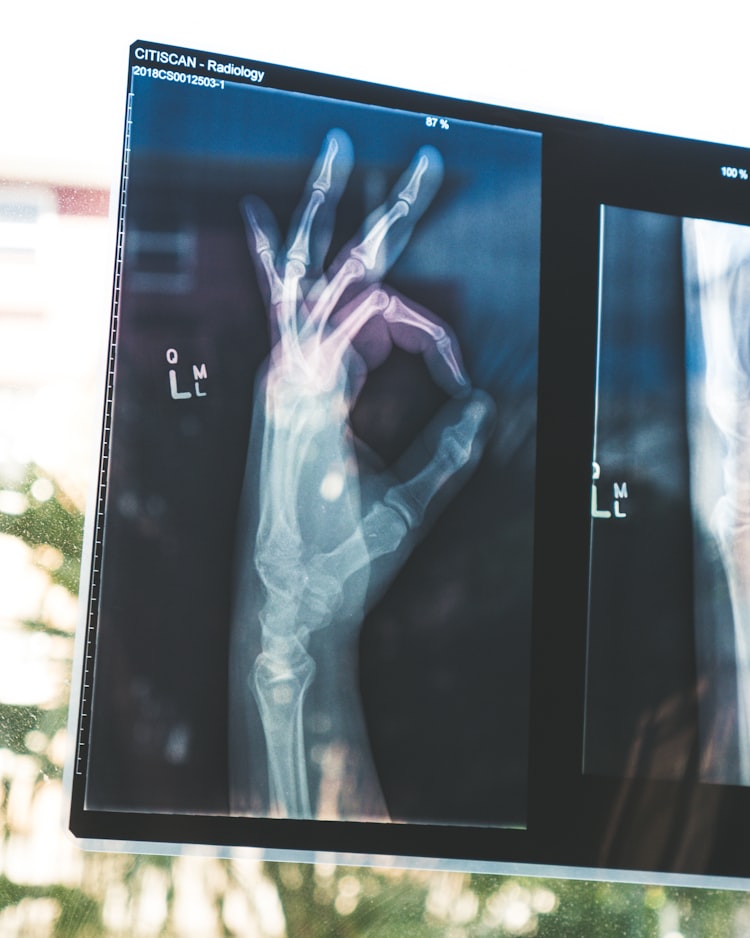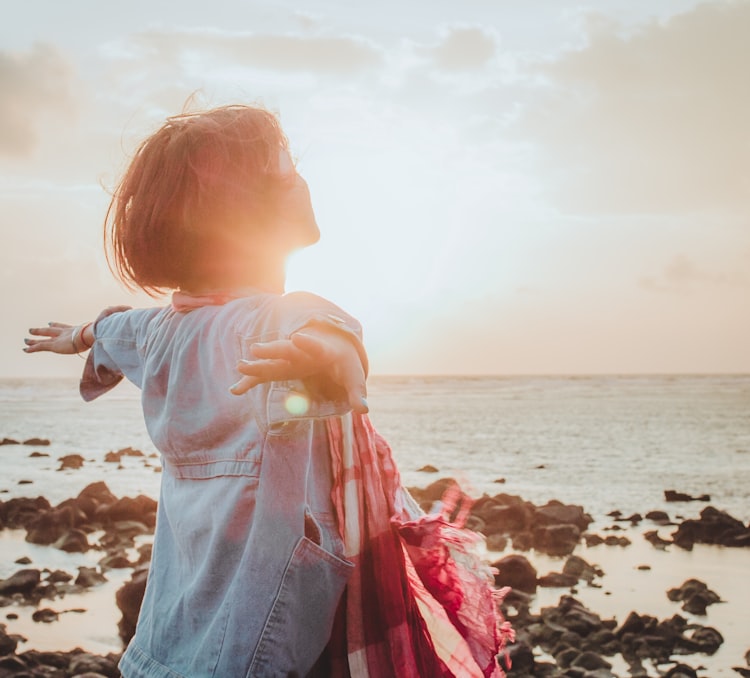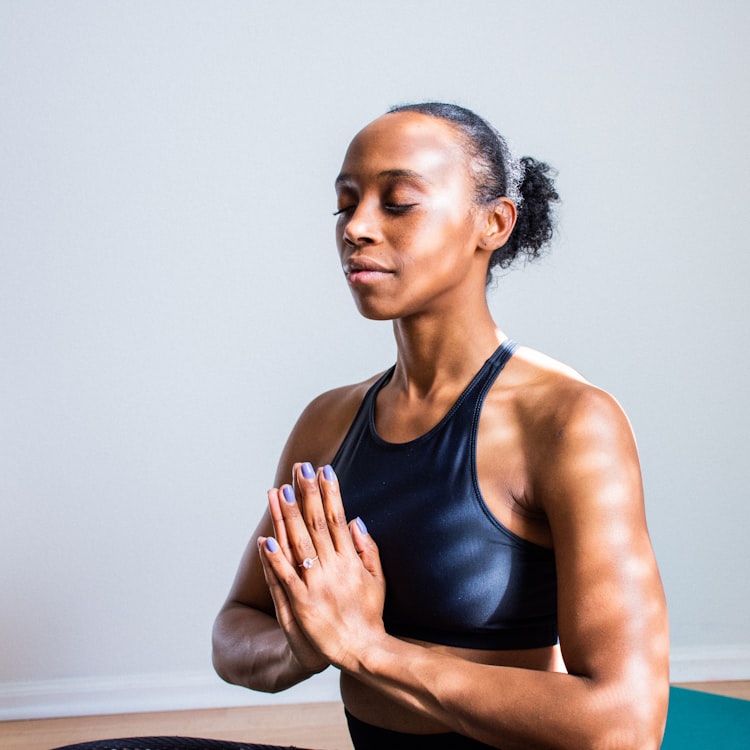Ayurvedic Cikitsa, Treatment/ Management

In Ayurvedic practices, there are two main types of cikitsa or treatment/ management plans. The two main types are:
1. Santarpana (also referred to as Bruhana) which is nourishing, enriching, and imparts heaviness
2. Apatarpana (also referred to as Langhana) which is depleting and cleansing
Santarpana/ Bruhana treatments are dominated by the earth and water elements. The purpose behind these treatments is to nourish the dhatus, assist with the healing process and help the person to physically grow or rebuild. Within this subsection of treatment there are 3 categories:
1. Growth, Bruhana
2. Oleation, Snehana
3. Supporting therapies, Stambhana
This can include things like a nourishing diet to pacify vata, increasing weight or imparting heaviness on the body, slow walk and talk, oil to provide lubrication, and softness to soothe and stabilize. Treatments that are rasayana, or rejuvinative would also fall under this category.
On the opposite end, there is Apatarpana/Langhana treatments that are dominated by the ether, air, and fire elements. The purpose behind these types of treatments is to deplete or reduce the dhatu. Within this subsection of treatments there are 3 categories:
1. Lightening, Langhana
2. Drying, Ruksana
3. Heating, Swedana
Lightening treatments are primarily done for kapha imbalances and can include things like taking in little to no food for a certain amount of time, a dry scrub with triphala powder or creating situations where the body is sweating.
Within the Apatarpana/Langhana there are two main therapies.
1. Shodana therapy or the panchakarma for cleansing and detoxing
2. Shamana therapy or the 7 palliative therapies
Panchakarma is a shodana therapy in which the aims are 3 fold: elimination of the disease, preparation for rejuvenation, and health maintenance. If the disease is acute, the progression can be immediately arrested with prompt removal of the doshas. If it is a chronic disease, where ama is involved, first the ama needs to be treated, and then the vitiated doshas can be removed. If there is no ama, or once it has been revmoed, then the client can undergo the three main steps.
The first step is poorva karma, or the preparatory actions. This includes things like digestive therapy, external and internal oleation, fomentation therapy where cellular detox takes from the diseased cell and "throws" it back into the GI tract to be eliminated. The second step is pradhana karma, or main actions, which I will outline below. The final step is paschata karma, or post-therapeutic actions. This includes gradually adding foods back into the regular diet, additional rejuvenating therapies, and the shaman karma or palliative treatments. Through these final treatments of rejuvenation and revitalization therapies, the tissues are strengthened and enhanced and any weak spots in the body are healed.
The 5 panchakarma therapies are:
1. Therapeutic vomiting, vamana
2. Purgation therapy, virechana
3. Decotion enema, niruha
4. Nasal administration, nasya
5. Blood letting, raktamokshana
According to the 4 seasons in the United States, in the autumn or winter (vata season) it is appropriate for a basti, medicated enema, treatment to be done following the season This alleviates the normal aggravation of vata caused by the cold winds and dryness of the season. The summer (pitta season) either virechana or raktamokshana can be given, in September, to remove excess pitta dosha caused by excessive heat. The spring (kapha season) either vamana or nasya is performed, in May or June, to removed excess kapha caused by the cool, damp season.
The benefits of these treatments include (but are not limited to): strengthening the immune system, creating better resistance to illness, cleansing and rejuvenating the body, mind, and consciousness, relieving stress, slows the aging process, eliminating excess doshas and toxins from the cell, enhances digestion and metabolism, increases strength, and revitalized the nervous system.
Contraindications include pregnancy and lactation, extreme obesity, during menstruation, lung cancer, hypertension, active HIV and AIDS, and active infection diseases.
The second main therapy is shamana, palliative therapy, or the 7 traditional forms of treatment. This is used when the person is not strong enough to cleanse, when the person is below 8, or older than 70. This type of therapy normalizes the doshas in the body at the place of vitiation rather than expelling the doshas. The 7 therapies are:
1. Dipana, kindling agni with herbal substances. Used in situations where there is low agni or appetite, poor digestion and re-occurring flu or diarrhea.
2. Pacana, digesting ama with herbal substances. Using things like trikatu or dried ginger to assist with constipation, acid reflux, lymphatic congestion, fighting inflammation.
3. Ksut nigraha, fasting to stimulate real hunger. Either with nothing by mouth, little by mouth or one day a week or month only eating one meal. This is used to reduce cholesterol, kindle agni and burn ama
4. Trut nigraha, controlling thirst, the avoidance of water drinking if there is fluid collection or if the body is not properly metabolising water.
5. Vyayama, exercise. To improve strength and circulation. Helps to remove excess kapha and excess meda.
6. Aatapa, sun exposure. Staying out of the direct sun.
7. Maruta, breeze exposure. Staying out of the wind.
Shamana is used when there is not a severe or deep rooted issue, when the issue is of recent origin, when the person is too weak, during pregnancy, and if the doshas are in small quantity. These therapies can reduce or even eliminate the symptoms but to treat the root cause shodhana treatments are required according to Ayurvedic texts.





